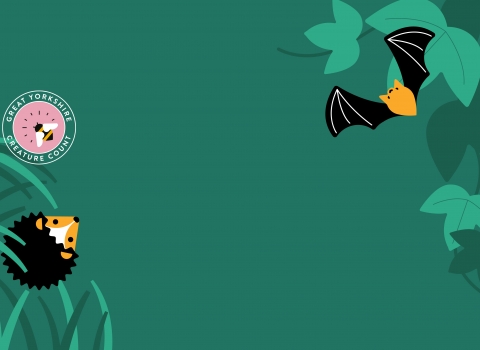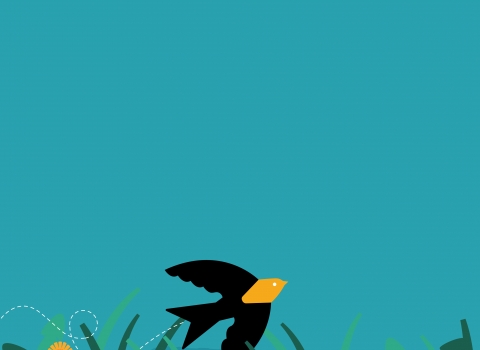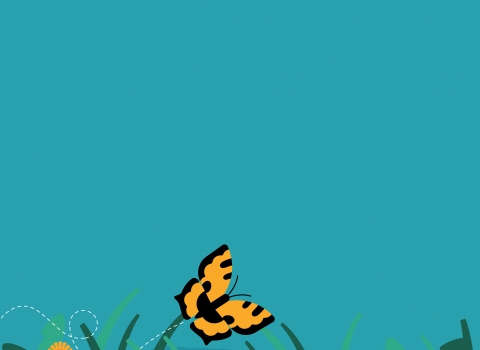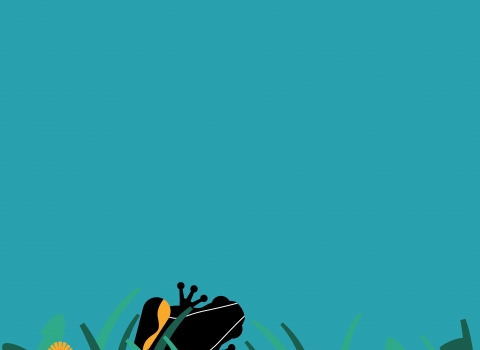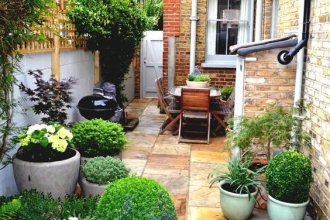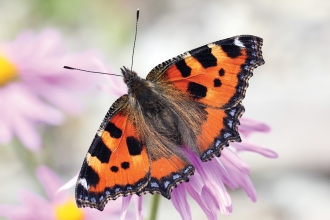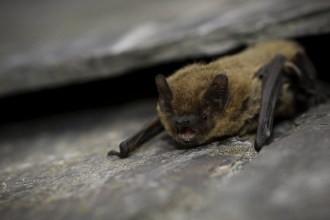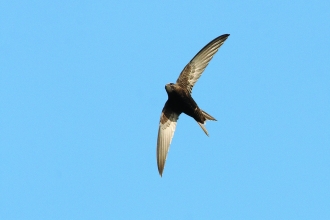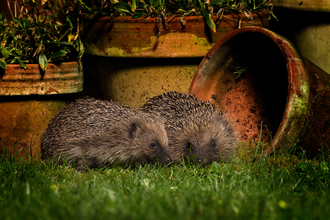Thanks for signing up!
Welcome to the Great Yorkshire Creature Count community. We can't wait to see what our 24-hour snapshot of Yorkshire's wild spaces will reveal to us - and the creatures great and small we'll get to know over the weekend.
On Saturday 19th and Sunday 20th June, the challenge is on to count as many different species as you can in your own wild space!

This year, there are two ways you can take part in the Great Yorkshire Creature Count...

Option 1: Complete our checklist
Download our checklist to tick off what creatures you see in real time.
We've got 20 species for you to spot, plus extra space for you to make notes on other species or draw pictures of what you find!
Once you've finished counting, you can submit your results online.
Our checklist is perfect for beginner counters and those who find iNaturalist difficult to use!
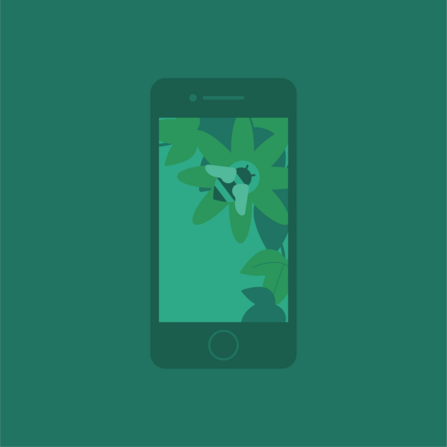
Option 2: Use iNaturalist
Like last year, you can also use the species recording website and app iNaturalist to identify creatures and submit your results.
iNaturalist has a handy photo ID feature and feeds into a national database, used by conservation charities and scientists all around the UK!
For help getting started, we've put together a handy guide on how to use iNaturalist.
What to do on the day
When the Great Yorkshire Creature Count launches on Saturday 19th June, all you need to do is get out into your wild space and start spotting. You can spot for ten minutes, an hour, a whole afternoon or even the full 24 hours - it's totally up to you!
If you're using our checklist, use it as a guide to tick off the 20 species we've listed. There's space for you to write any additional finds! Don't worry if you can't tick many of the species off the list - it's just as interesting for us to know what you didn't find! You can submit your results at any point during the weekend by heading to our main Great Yorkshire Creature Count page.
If you're using iNaturalist, you'll need to get yourself set up with an account if you haven't got one already and join the Great Yorkshire Creature Count project. You can record as you go on the phone app, or take lots of pictures or notes and upload them all in one go with a cuppa.
Follow us on social media to meet other creature counters and for live updates, advice, videos, a Twitter ID hour, and all sorts of other things!
Creatures to spot from your wild space
Whether you have a window box or a winding garden, we've put together the wildlife you're most likely to spot from your wild space!
Your spotting guides
Need some help identifying your creatures? We've put together a whole list of spotting guides to help you out!
Bees Moths Beetles Spiders Ladybirds SnailsCaterpillars Butterflies Garden birds Male and female birds Baby birds Amphibians Dragon and damselflies
Your wild neighbours
We've put together some facts, inspiration and advice on six common visitors to our wild spaces! Meet your wild neighbours below...
Download our poster to show in your window
Why are we counting?
Our gardens make up more of the UK’s green space than all the nature reserves combined. Covid-19 means we’ve become reacquainted with our own little wild patches. There are ‘good news’ stories about wildlife ‘making a comeback’ while we isolate inside.
But the truth is that we have an awfully long way to go before we can start to celebrate. The 2019 State of Nature Report (a health check of the UK's wildlife) documents how human impacts are driving huge changes in our wildlife numbers. Of the 8,418 species assessed, 15% are at risk of extinction.
By discovering how many species call our gardens, yards and window boxes their home, we can better support, protect and enhance Yorkshire's wildlife and wild places.
Get involved on social media
Our team will be around during the whole weekend with tips, advice and inspiration! We'll also be answering your questions, so don't hesitate to get in touch. And remember to let your friends know you've signed up and spread the word!

